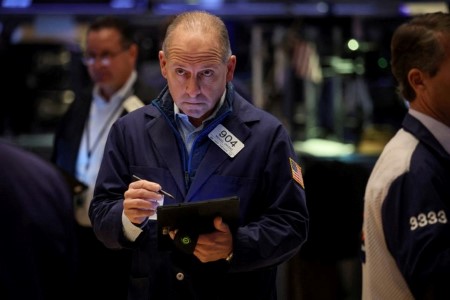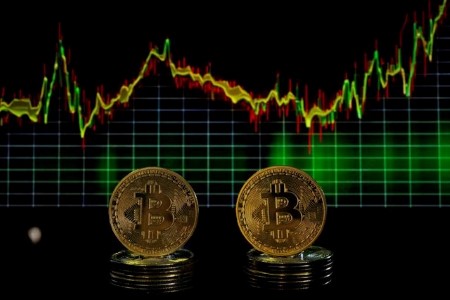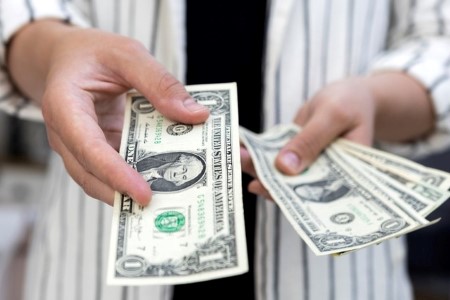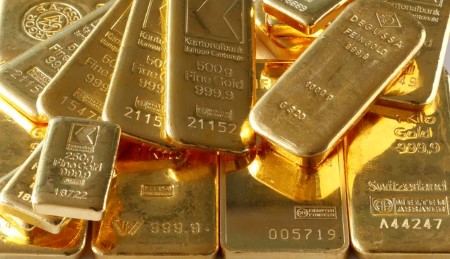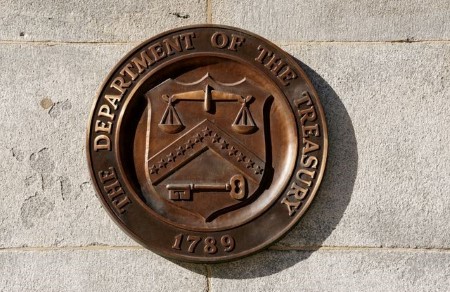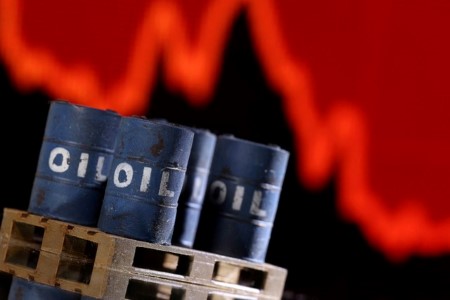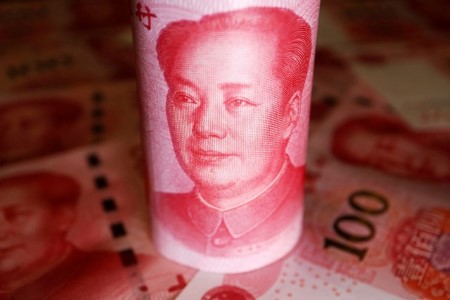Wall Street stocks closed marginally up on Monday as investors sidestepped any meaningful moves following US President Donald Trump’s latest tariff threats, and held steady ahead of a busy week of economic data and the start of earnings season.
Trump ramped up trade tensions over the weekend, vowing to slap a 30% tariff on most imports from the European Union and Mexico starting August 1 – leaving the clock ticking for last-minute trade deals.
The EU extended its pause on retaliatory measures until early August, holding out hope for a negotiated truce. The White House said talks with the EU, Canada, and Mexico are still underway.
Despite the headlines, investor reaction was muted, having grown numb to Trump’s barrage of tariff threats and his frequent last-minute U-turns.
The Dow Jones Industrial Average rose 88.14 points, or 0.20%, to 44,459.65, the S&P 500 gained 8.81 points, or 0.14%, at 6,268.56, and the Nasdaq Composite advanced 54.80 points, or 0.27%, to 20,640.33.
Trading volume was also subdued, with 15.43 billion shares changing hands, compared with the 17.62 billion average for the last 20 trading days.
Markets have been buoyant in recent weeks even as Trump has rattled his tariff saber.
The Nasdaq Composite ended at a record high, its seventh such achievement since June 27. The S&P 500, which finished a dozen points below last Thursday’s best-ever close, has had five records in the same timeframe.
“If anything is holding the market back, it’s the fact we’ve had a pretty good run since April,” said Jason Pride, chief of investment strategy & research at Glenmede.
He noted that despite initial fears that Trump’s tariff policy would hurt the US economy, the levies unveiled so far and the passage of his signature economic legislation last week will broadly offset each other, meaning investors are starting to be more confident about the economy’s growth prospects.
Signs of how Trump’s policies are playing out will come this week, with a raft of new reports on the state of the US economy due up.
Second-quarter earnings season kicks off on Tuesday, when several Wall Street banking heavyweights are set to report.
Tuesday is also the scheduled release of the latest consumer price data, which is expected to reveal an inflation uptick in June as sellers started passing on the cost of sweeping tariffs.
Wednesday’s producer and import price reports will offer fresh insight into how supply chain pressures are shaping up.
One place where Trump’s tariff rhetoric still moved markets was crude prices, with US benchmark oil dropping 2.2% after he threatened levies on buyers of Russian exports, which may have knock-on effects on global energy supplies.
This pushed the energy index down 1.2%, the biggest decliner among the 11 S&P sectors.
A majority of the sectors closed in positive territory though, led by the 0.7% advance by communication services. It was helped by gains in Netflix, which reports earnings on Thursday, and Warner Bros. Discovery, whose latest Superman caper had a strong opening weekend at the box office.
Crypto stocks ticked up after Bitcoin topped USD 120,000 for the first time. Coinbase rose 1.8%, and MicroStrategy gained 3.8%.
Waters Corp. dropped 13.8% after the lab equipment maker agreed to merge with rival Becton, Dickinson and Company’s Biosciences & Diagnostic Solutions unit in a USD 17.5 billion deal.
(Reporting by Pranav Kashyap in Bengaluru and David French in New York; Editing by Maju Samuel and Richard Chang)






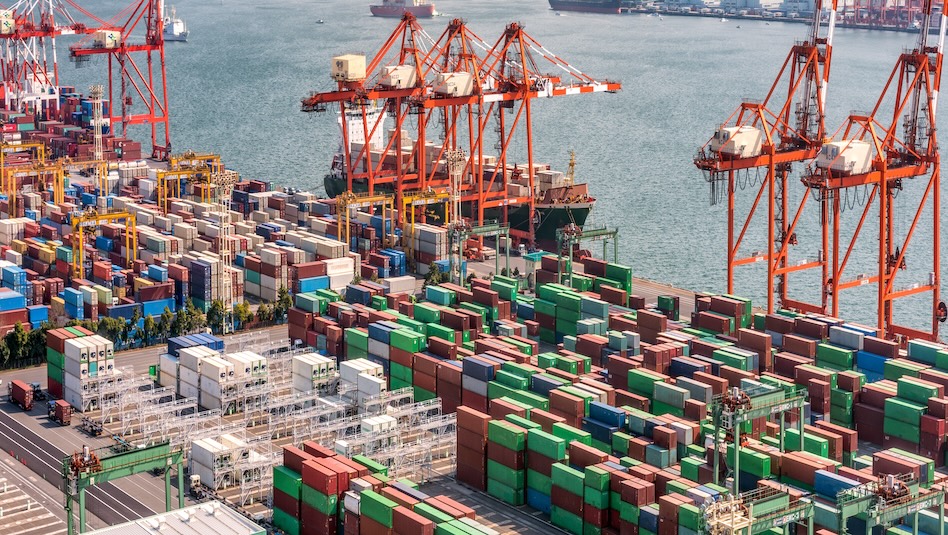
 DOWNLOAD
DOWNLOAD




